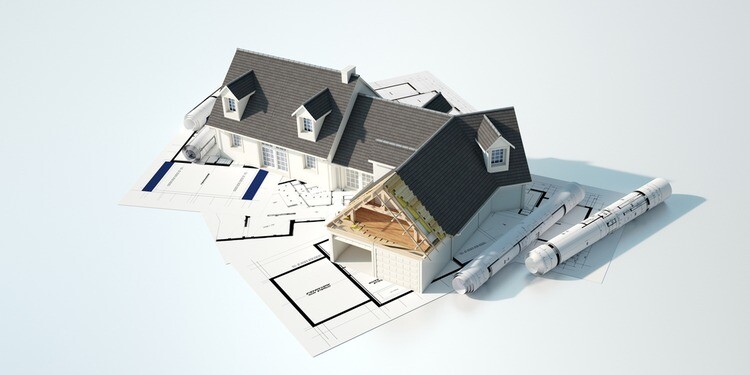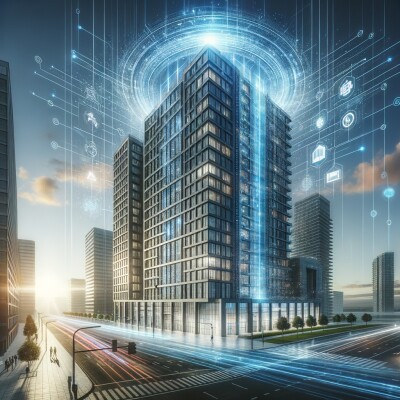Going back to when I was in grade school, I always remember being fascinated by unique buildings, whether they be actual structures I see in the real world or concepts published online or in a magazine. This applied to basically any kind of building that didn’t look like what I’d see on an everyday basis, with a special interest towards any kind of high-end treehouse (duh). I certainly don’t think this is unique, either – a subreddit for “bizarre buildings” has over 150,000 members, for example. Part of the fascination for me, I think, relates to the fact that I have less than zero artistic ability, so the idea that people can conceptualize and create even a model for these stunning, or beautiful, or weird, but always unique buildings is genuinely mind-blowing.
Over the last few months, more of these concepts have been popping up. With the advent of artificial intelligence tools like ChatGPT and Midjourney, among others, anyone can create a prompt of some vague concept they have in their mind and quickly get a digital version of their vision, with the ability to iterate from there to create exactly what they’re looking for. This isn’t a criticism of this process – again, I have no artistic ability, so this would be the only way I could feasibly create anything like this – nor is it an endorsement. It just, simply, is.
I’ve seen more focus on these kinds of tools, and when the AI boom was at its apex around the New Year there was some talk about it revolutionizing architecture. Perhaps someday it will – I’m skeptical we’re anywhere near that point for a variety of reasons, but that’s besides the point – but right now, from where I’m sitting, it’s more of a cool toy than a viable tool.
Even with all of that being said, architecture is still in the midst of a revolution thanks to digitization, just like the rest of the AEC industry. It’s just that, instead of these prompt-based AI tools that garner headlines and create admittedly eye-catching designs, it’s the established and somewhat simple tools that are continuing to change the game.
Think about BIM, which is far from a new tool, having been around at least in concept for a half-century, with the first solutions for it coming out in the early 1980’s. Even at its most simple, it provides huge advantages for architects along with the rest of the stakeholders for a construction project. It helps better conceptualize the design as compared to more traditional 2D models. It saves massive amounts of time to create a model in BIM software compared to older methods, which is a benefit to everyone but particularly to solo practitioners who, by some estimates, make up as much as a third of the overall workforce.
And perhaps most importantly, it fosters and improves collaboration. One of the issues that plagues so many projects is a lack of real-time communication between stakeholders, something I spoke with Carlos Cordeiro of Graphisoft about last year. Specifically, we talked about collaboration between architects and engineers, something that traditionally did not happen in real-time. Instead, an architect would make a design, and engineers would do the same, and then the two would be compared to ensure there are no clashes. With BIM, this can be done in real-time, detecting clashes significantly earlier, and in turn saving time, money, and frustration.
To be clear, too, there is still innovation happening in this world. Traditional BIM made huge differences in the industry, and continues to do so. But more technology is starting to improve these tools as well. Realistic 3D models of cityscapes allow architects to drop a designed building into a neighborhood and see what it looks like. Some of these even have simulation capabilities to, as an example, see how sunlight would hit the building throughout the day. Even getting back to the AI we were talking about above, new architect tool TwinUp incorporates AI to assist in the design process.
It’s easy to get excited about the new capabilities coming out of this current AI boom, and some of the things creative architects have been able to conceptualize have been, frankly, extremely cool. For now, though, any digital revolution happening in the architectural space is still happening around BIM and helping solve the traditional problems. Maybe someday that will change, but we’re not there yet.






